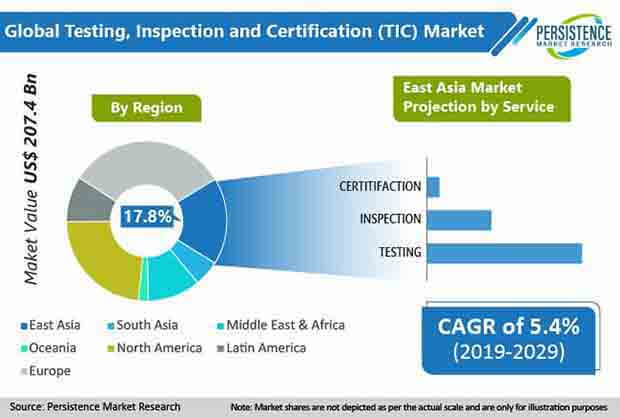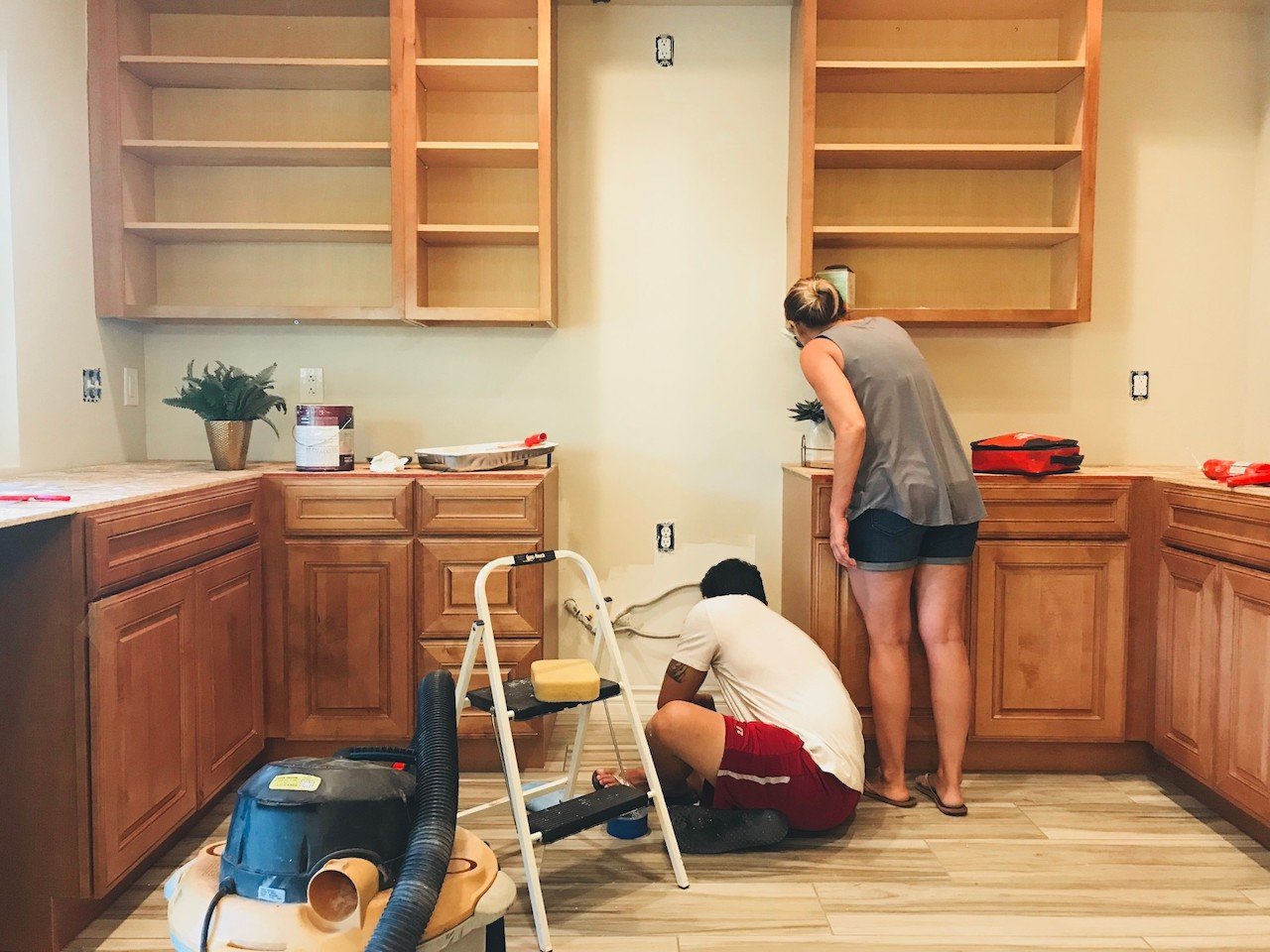Mould, a common nuisance in homes and buildings, not only detracts from the aesthetics of your living space but also poses potential health risks to you and your family. From musty odours to respiratory issues, the presence of mould can have far-reaching consequences if left unchecked. However, with the right knowledge and approach, effective mould removal is within reach. In this comprehensive guide, we’ll walk you through the steps to tackle mould infestations head-on, reclaiming your home from unwanted fungi and restoring peace of mind.
1. Understanding Mould: Identifying the Culprit
Before embarking on mould removal, it’s essential to understand what you’re dealing with. Mould thrives in damp, humid environments, such as bathrooms, kitchens, basements, and areas affected by water leaks or flooding. Common types of household mould include black mould (Stachybotrys chartarum), green mould (Aspergillus), and white mould (Penicillium). Recognizing the signs of mould growth, such as discoloration, musty odors, and visible patches on walls, ceilings, or surfaces, is the first step in effective mould removal.
2. Assessing the Scope of Infestation: Is Professional Help Needed?
Once mould is detected, assess the extent of the infestation to determine whether professional intervention is necessary. Small, localized mould growths can often be addressed using DIY methods, while extensive or widespread mould problems may require the expertise of a certified mould remediation specialist. Factors to consider include the size of the affected area, the type of mould present, and any underlying moisture issues contributing to mould growth.
3. DIY Mould Removal Techniques: Tackling Small Infestations
For minor mould infestations, DIY mould removal techniques can be effective in eliminating mould and preventing its return. Key steps in DIY mould removal include:
Protective Gear: Before beginning mould removal, don appropriate protective gear, including gloves, goggles, and a mask, to avoid exposure to mould spores and irritants.
Containment: Isolate the affected area by sealing off vents, doorways, and windows with plastic sheeting to prevent mould spores from spreading to other parts of the home.
Cleaning Solutions: Use a mixture of water and detergent or vinegar to scrub mould-infested surfaces thoroughly. For stubborn mould growth, consider using commercial mould cleaners or specialized mould removal products.
Drying: Once mould is removed, thoroughly dry the affected area using fans, dehumidifiers, or natural ventilation to prevent moisture buildup and discourage mould regrowth.
4. Professional Mould Remediation: When to Call in the Experts
In cases of extensive mould infestation or persistent moisture problems, professional mould remediation may be necessary to ensure thorough removal and prevent recurrence. Mould remediation specialists employ advanced techniques and equipment, such as HEPA vacuums, air scrubbers, and antimicrobial treatments, to safely and effectively eliminate mould from your home.
5. Preventative Measures: Keeping Mould at Bay
After mould removal, implementing preventative measures is essential to prevent future mould growth and maintain a healthy indoor environment. Key preventative steps include:
Addressing Moisture Issues: Identify and repair sources of moisture, such as leaks, condensation, or inadequate ventilation, to eliminate the conditions conducive to mould growth.
Regular Maintenance: Routinely inspect your home for signs of water damage or mould growth, especially in areas prone to moisture accumulation. Promptly address any issues to prevent mould from taking hold.
Humidity Control: Maintain indoor humidity levels between 30% and 60% to inhibit mould growth. Use dehumidifiers in damp areas and ensure proper ventilation in bathrooms, kitchens, and basements.
Conclusion
In conclusion, effective mould removal London requires a combination of vigilance, knowledge, and action to eliminate existing mould and prevent its return. Whether tackling small infestations with DIY methods or seeking professional assistance for extensive mould problems, addressing mould promptly is essential to safeguarding your home and protecting your family’s health. By understanding the causes of mould growth, implementing preventative measures, and taking swift action when mould is detected, you can bid farewell to unwanted fungi and reclaim a safe, healthy living environment.

